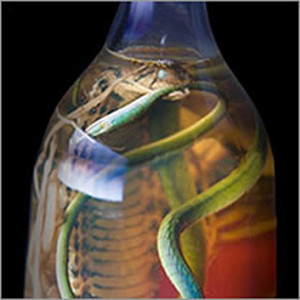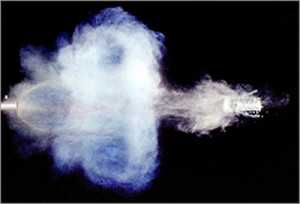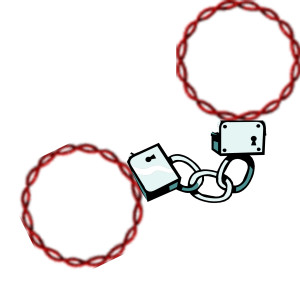The above is a photo of snake wine. The US Fish and Wildlife Service (USFWS) explains that, in many parts of Asia, medicinal benefits are thought to be achieved by storing snakes – even rare and endangered snakes – in rice wine. This is one of many mystery photos that you can find on the USFWS Forensics Laboratory website.
According to the USFWS, its forensics laboratory is the only lab dedicated to crimes against wildlife. Operating like a typical police crime lab, the agency’s technicians examine, identify, and compare physical evidence to link suspects, victims, and crime scenes.
The start of the lab can be found in 1979, when the USFWS hired Ken Goddard, a police crime laboratory director from southern California to establish a forensics lab that would support wildlife law enforcement. After six months of drafting evidence handling protocols and chapters for a lab manual, Goddard learned that he would also have to find a way to fund the lab. You can read the story about the history of the forensics lab on the USFWS website.
The website also offers video tours of various departments of the forensic lab, details about the role of their investigators, an overview of the types of evidence that they analyze, and many free publications. It’s a great resource for anyone who plans to include this aspect of forensic science in a story.




